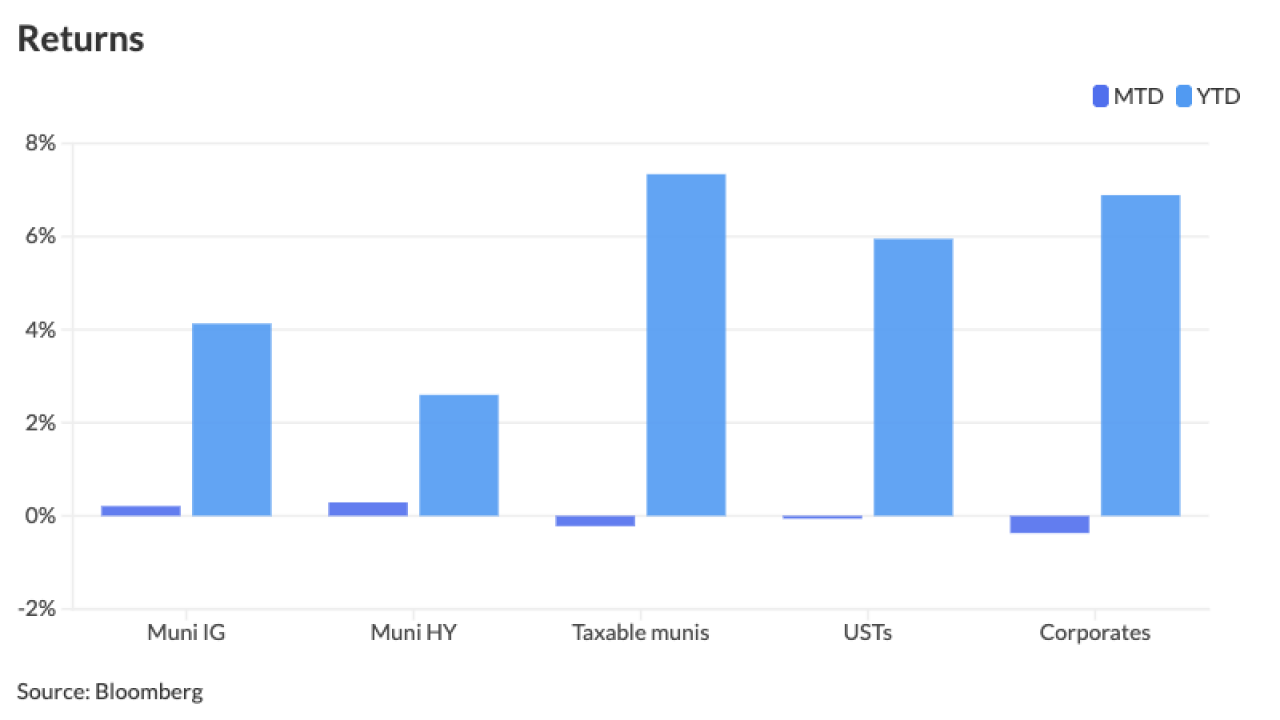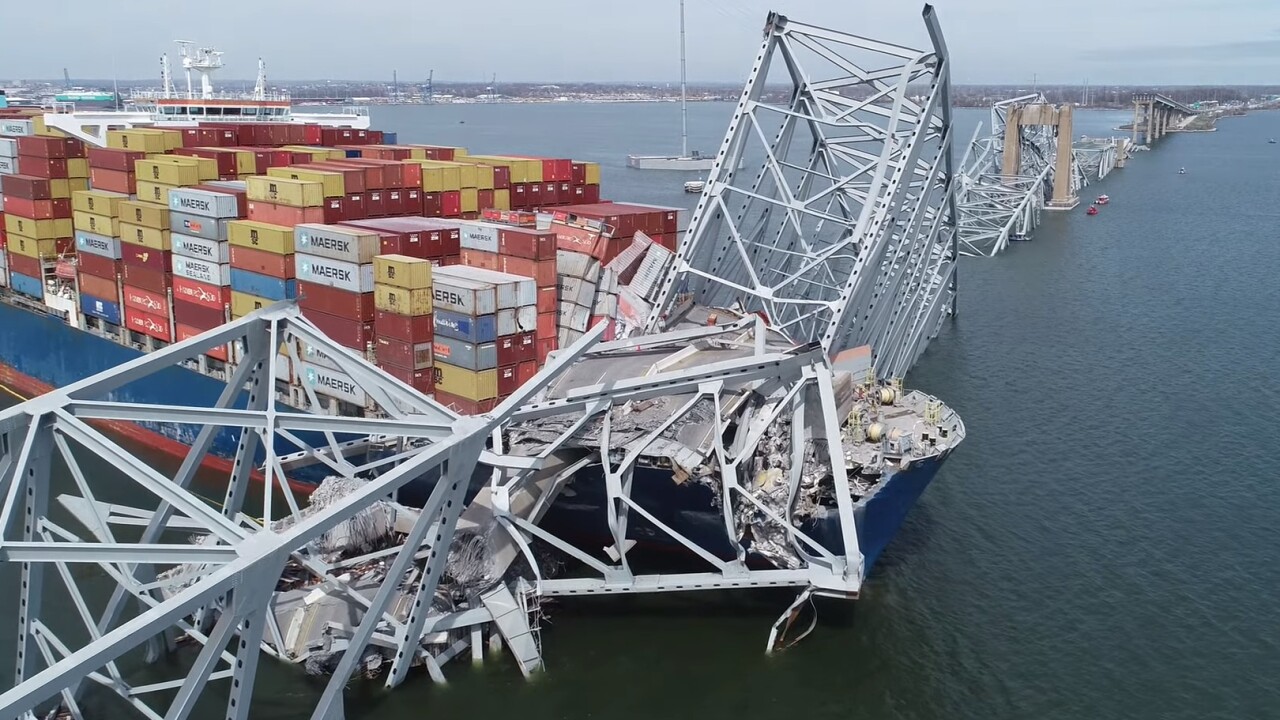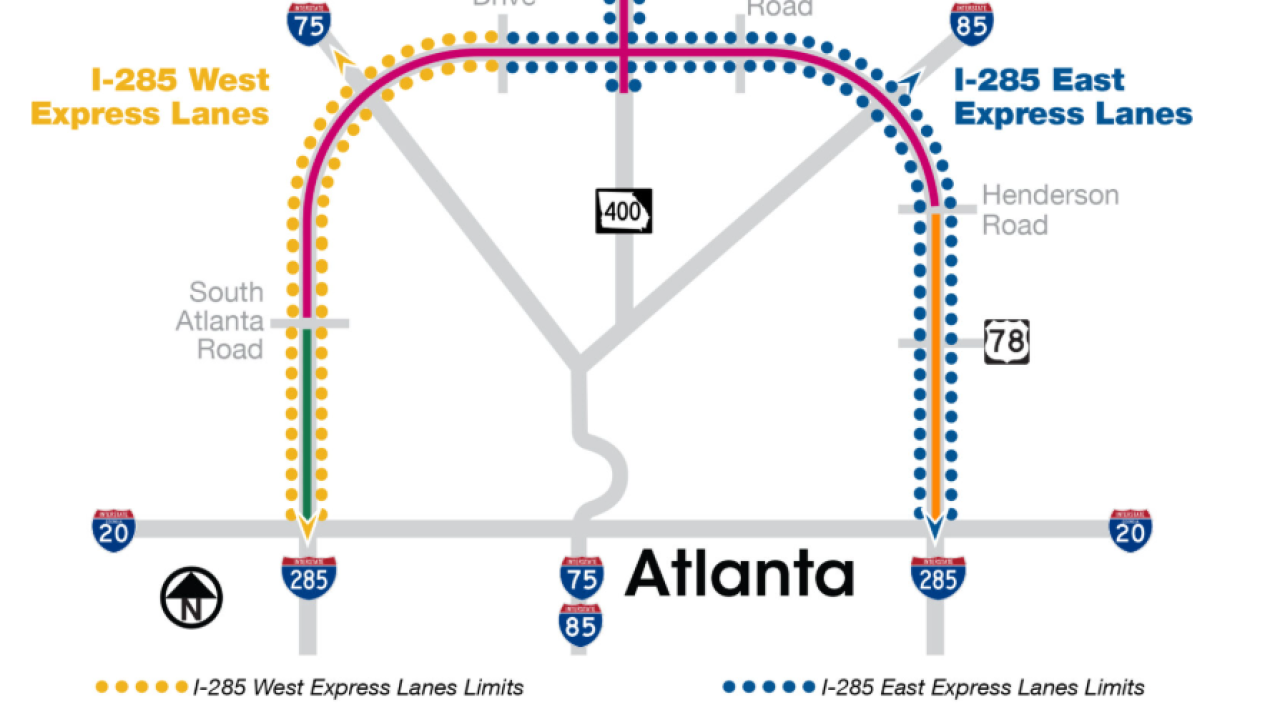Hawaii, which has already turned to the bond market to fund its operations as the coronavirus pandemic crushes its economy, will begin furloughing state employees.
Gov. David Ige said state employees will be furloughed two days a month starting January 1 to close an anticipated $1.4 billion budget shortfall each year for the next four years.

The state has already instituted several belt-tightening measures, suspended pre-funding retiree healthcare and sold $750 million in short-term general obligation bonds to stem the bleeding.
“We explored all other options for balancing the budget and have tried to avoid furloughs,” said Hawaii Gov. David Ige. “I know how hard state employees have been working during this difficult period and I realize how much distress this will cause our employees and their families. However, the harsher alternative to furloughs is layoffs, which has already complicated the lives of thousands of fellow citizens who work in the private sector.”
Fitch Ratings downgraded Hawaii to AA from AA-plus in October ahead of the deficit bond sale.
“The downgrade reflects the outsized impact of the coronavirus pandemic on Hawaii’s economy and workforce, particularly its large leisure and hospitality sector,” Fitch said. “While Hawaii has a track record of very strong operating performance, its ability to absorb the shock and maintain financial resilience will be tested by the duration of pandemic-related disruptions and the eventual strength of the state's recovery, which Fitch expects will span multiple years.”
Fitch revised its outlook to stable from negative at the lower rating.
The state issued $750 million in GOs with a five-year maturity to cover the deficit, as part of a $1.1 billion deal that closed Oct. 21. The deal was sold in three tranches: $147 million in tax-exempt GOs, $600 million in taxable GOs, and a $400 million taxable refunding.
BofA Securities and Morgan Stanley were lead managers and Orrick, Herrington & Sutcliffe was bond counsel.
The state made the decision to issue bonds to cover the budget shortfall because Hawaii’s excellent credit ratings enabled the state to sell GOs in the open market at an attractive rate, said Robert Yu, deputy director, of the Hawaii Department of Budget & Finance.
“Of course, Hawaii, as with every state in the union, continues to hope for a second CARES package, but this deal was necessary to address the state’s budget deficit,” Yu said.
Moody’s Investors Service downgraded the state to Aa2 from Aa1 on July 31 citing the impact of the pandemic on the state and its tourism industry.
Hawaii has a stable outlook from Moody’s, which said in an October 16 report that the outlook “reflects the generally conservative revenue estimates underlying the state's proposed financial plan and our expectation that the state will utilize, as needed, its strong fiscal governance tools to maintain positive reserves and adequate liquidity.”
In addition to its dependence on tourism, Moody’s cited the state’s above average debt with $8 billion in GOs, and its pension and retiree healthcare liabilities, as challenges.
“The state is experiencing a severe decline in tax revenues as a result of the rapid downturn in visitor arrivals, resulting in a multi-year fiscal imbalance and the need for significant budget adjustments,” Moody’s wrote.
The state has AA-plus rating from S&P Global Ratings, which revised the state’s outlook to negative in April.
The furloughs will not apply to positions that support 24/7 functions, nor will they apply to jobs funded with non-general fund sources.
The governor’s announcement about furloughs applies to executive-branch employees, the University of Hawaii and Department of Education will make separate announcements about furloughs at their institutions, according to the governor’s office.
The state expects to save about $300 million a year by instituting the furloughs.
“The pandemic has had harsh economic impacts on our country, and as a result, every state is having to make difficult choices,” Ige said.
Hawaii's tourism industry, a pillar of the economy, is most affected by the pandemic, Fitch analysts wrote, and its recovery will depend in part on public health and economic conditions in markets from which visitors originate and a rebound in domestic and international travel demand.
Like many other states, Hawaii lawmakers also re-wrote the budget. The changes included cutting $197 million of the executive’s fiscal year 2021 supplemental budget request. The Legislature further reduced the fiscal year 2021 base budget by $205 million.
The state also temporarily suspended pre-funding of the state retiree health benefit liabilities, saving $390 million, Ige said.
It restricted 10% of the discretionary portion of the fiscal year 2021 budget that was approved by the Legislature and instituted a hiring freeze on 3,000 non-critical position vacancies.
The Legislature also authorized the transfer of $345 million of rainy-day fund reserves and $303 million from various other funds to the general fund budget.
Going forward, the state is looking at cutting program budgets by $600 million every year starting in fiscal year 2022.





